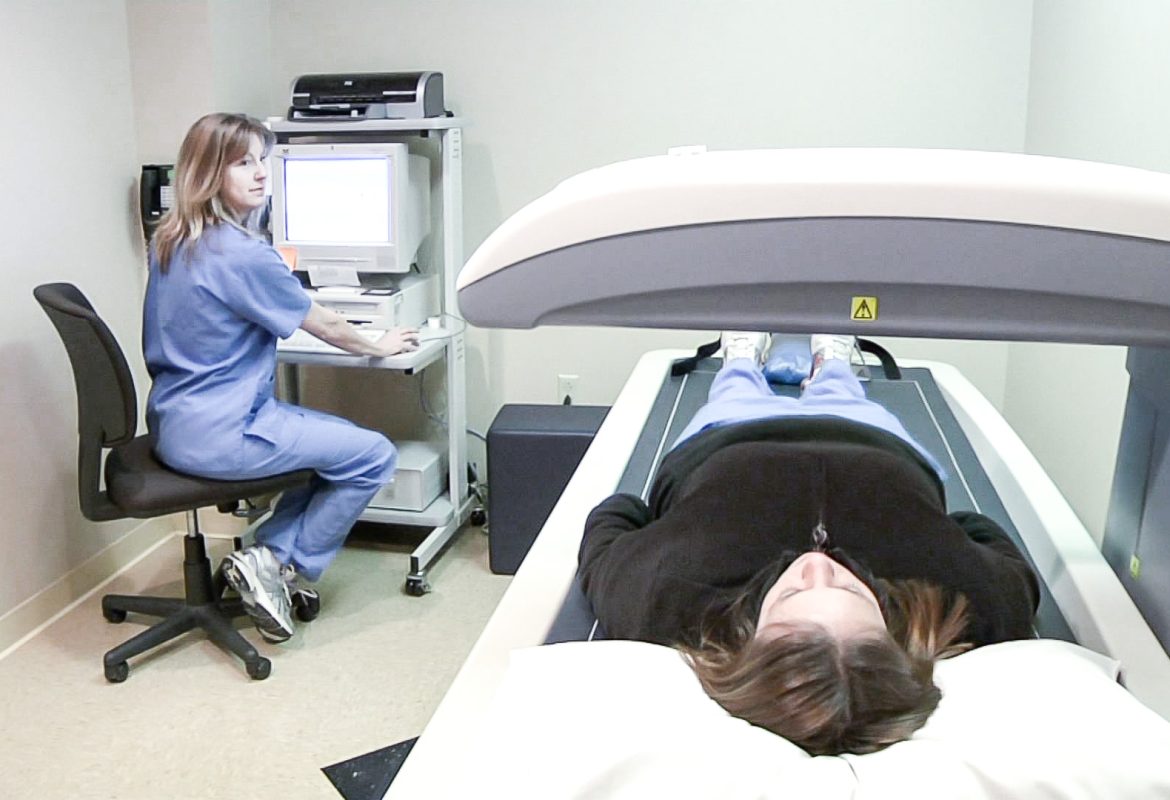A bone density scan is an easy system that includes lying on the back on an X-ray table so that a region of the body can be scanned. Exceptional provisions are not necessary. One may have the option of remaining fully clothed, depending on the region of the body being scanned. However, one will have to remove any clothing that has a metal fastener such as zippers, ties, or clasps. Sometimes, one may have to wear an outfit for a bone density scan in Millburn, NJ.
The bone density scan
The moment one does a DEXA scan one lies on the back on a level open X-beam table. One will have to be still during the scan so that the images are not obscured. The scan will mostly be done by a radiologist, who is an expert in taking X-ray pictures. During the scan, a huge scan arm will be dropped onto the body to quantify bone density at the skeletal focal point. As the scanning arm is gradually moved over the body, a restricted portion of light-emitting X-rays will pass through the part of the body being inspected.
As a rule, it will be the hip and lower spine to check for weak bones (osteoporosis). However, as bone density changes in various parts of the skeleton, more than one part of the body can be scanned. The forearm can be scanned for specific medical problems such as hyperparathyroidism, or conversely if hip or spine scans are impractical. A portion of the X-rays passing through the body will be consumed by tissues such as fat and bone. An X-beam indicator inside the scan arm estimates how many X-beams passed through the body. This data will be used to provide an image of the scanned region. Scanning normally requires 10 to 20 minutes. One will have the option to return home once one has done this.
The results
A bone density scan contrasts the bone density with the expected bone density for a solid young person or a healthy person of age, orientation, and nationality. What matters is determined as a standard deviation (SD) score. This shows the contrast between bone density and the normal value.
